Description
The SuperBOT 2 is an affordable automated IC programmer. The SuperBOT 2 has tray, pipe and tape I/O as well as ink or laser marking. This automated system is designed to support most IC devices on the market such as NOR flash, microcontroller, NAND, etc. Today, SuperBOT 2 supports over 106,000 devices and over 500 different adapters to program many common and uncommon package types. If you are looking for a reliable, powerful and affordable automated IC programmer, the SuperBOT 2 is the clear choice.
Brief specification
- 1200 units per hour (UPH)
- Features 4 adapters and supports up to 16 socket adapters in parallel
- Supports MCUs, CPLDs, serial and parallel NOR/NAND FLASHs.
- Supports WLCSP, SOT, BGA, TSSOP, PLCC & ETC
- Supports 2mm - 25mm chip sizes
- SuperPro 7500 programming base unit
Optional accessories: tray (up to tray compartments), tape on/off, tubing on/off and laser or ink markers

Functions
The SuperPro 2 is based on a high-performance servo system that can programme up to 1200 UPH (units per hour) (for units with a programming time of less than 36 seconds) and is suitable for both small and large capacity units. It can operate 24/7 and offers a throughput of 864,000 UPH (units per month). One person can supervise many SuperBOT machines, and once set up, they can usually be operated alone.
The SuperBot 2 is equipped with four SuperPro 7500 high-speed universal programmers. Depending on the device being programmed, each SuperPro 7500 can have up to 4 socket adapters, for a total of up to 16 socket adapters in the system. The SuperPro 7500 programmers use a very fast MCU chip that not only generates reliable programming algorithms but also increases programming speed. The use of the ARM11 32-bit MCU combined with an internal Linux operating system makes them the most advanced and versatile programmers in the industry.
Most volume programming applications require remote control of the programmers. This can be achieved by using the SuperBOT programmers' LAN port. Programmers can be connected to a local network and controlled remotely from any computer on the network via the LAN port (100 M). The LAN port allows for remote project loading, quality monitoring, volume control and file security. The technical department can remotely control programming operations and processes, including project file downloading, command execution and project settings, and retrieve real-time information to achieve production goals. Remote network management provides the greatest protection for intellectual property. Project data and files are never shared with operators, as files are loaded remotely by authorised engineers.
Most companies produce 24 hours a day, 7 days a week and program millions of devices per year. Xeltek's automated programmers have been refined to run uninterrupted and withstand harsh environments.
Based in Silicon Valley, Xeltek maintains strong relationships with many major IC companies, which are important to continually support new devices. Xeltek currently supports more than 100,000 devices, providing the largest device library in the programming industry. New chips can be added within a week.
SuperBot automated programmers are the lowest cost, highest quality systems in the industry. High volumes and extensive production experience enable programmers to be among the most competitive in the programming industry in terms of quality, price and value.
User-friendly software with a graphical interface reduces the learning curve. Setup data can be saved for the next operation. The software also includes a meaningful log table, convenient production and quality tracking, authorisation and a flexible stop strategy for faulty sockets or modules.
Chip size devices between 2 x 2 mm and 30 x 30 mm can be programmed. SuperBOT systems support, among others, the SOT23 package, which measures only 2 x 3 mm.
Input/output modules and socket adapters are easily interchangeable. Socket adapter positioning can be done automatically. Auto-tray and tape-out can be permanently attached to the SuperBot, eliminating changeover time when switching from tape-out to auto-tray. The changeover time of the tape-out is less than 10 minutes and the changeover time of the laser marker between tray and tape is less than 15 minutes.
Cost savings in a short time with low initial investment as socket adapters are universal for up to 144-pin chips. With most competitor programmers, the user has to invest in device-specific socket adapters for chips with more than 48 pins, resulting in higher costs in the long run.
Input and output devices (I/O)
With the machine's standard input and output device, the operator manually replaces the programmed tray from the SuperBot machine after the complete tray has been programmed. The customer does not need to purchase any additional accessories when using this option.
The automatic tray handler is an extension that includes the input and output of trays. Users can insert up to 20 trays into the machine. When the machine is running, users can add or remove trays without stopping the machine. The automatic device can also be installed outside the entire machine and trays can be changed automatically without opening the top cover. This saves space when changing and avoids human error when changing trays. The automatic device can stack up to 20 JEDEC trays.
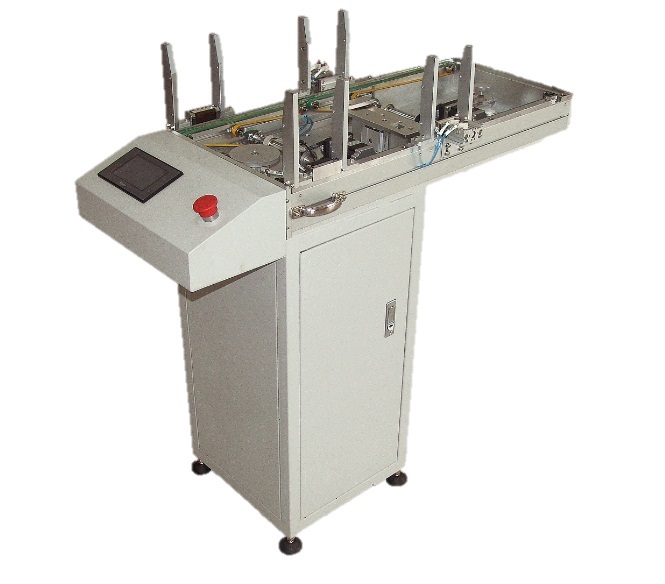
The Electric Tape-In feeder is suitable for tape widths between 8 and 32 mm. The tape-in device can be configured according to the chip to be programmed. For SOIC and TSOP packages, the customer needs two to three different tape types in the units, depending on the width of the chips to be programmed.
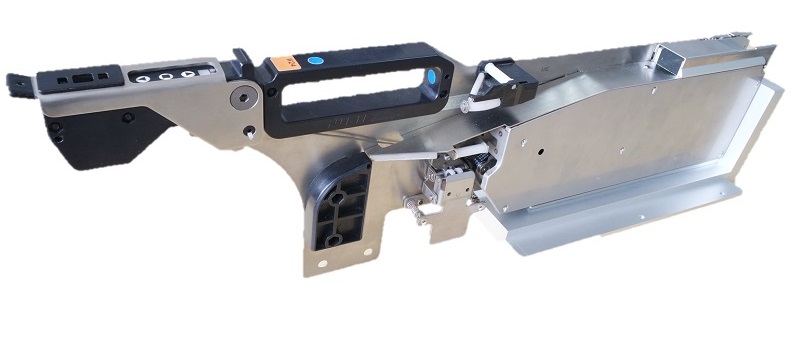
The tape-out module is connected to a SuperBOT for fully automatic operation. Tape widths of 8-32 mm can be used with the unit. The output reel is sealed with heated tape.
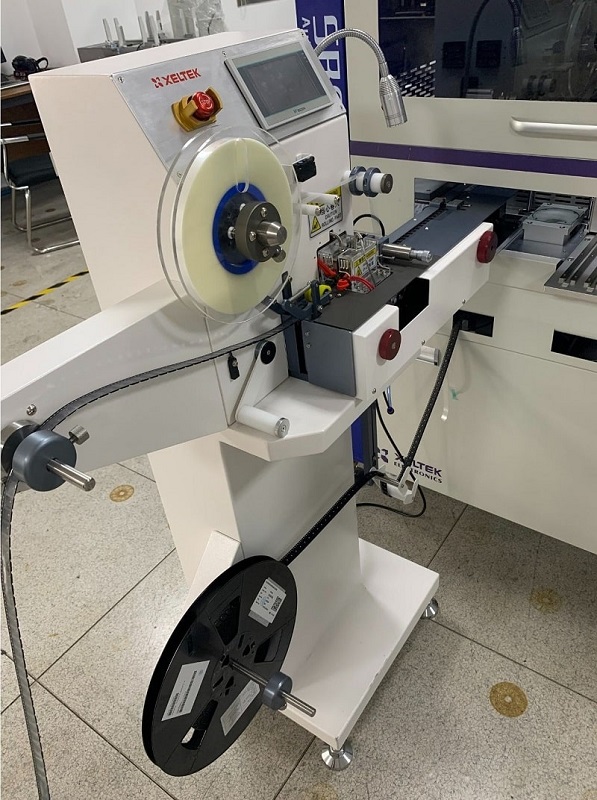
The Tube-In module moves chips into the machine. Chip guides are optionally available for different chip widths. The I/O is multi-feed and can run up to 8 tubes simultaneously (optional).
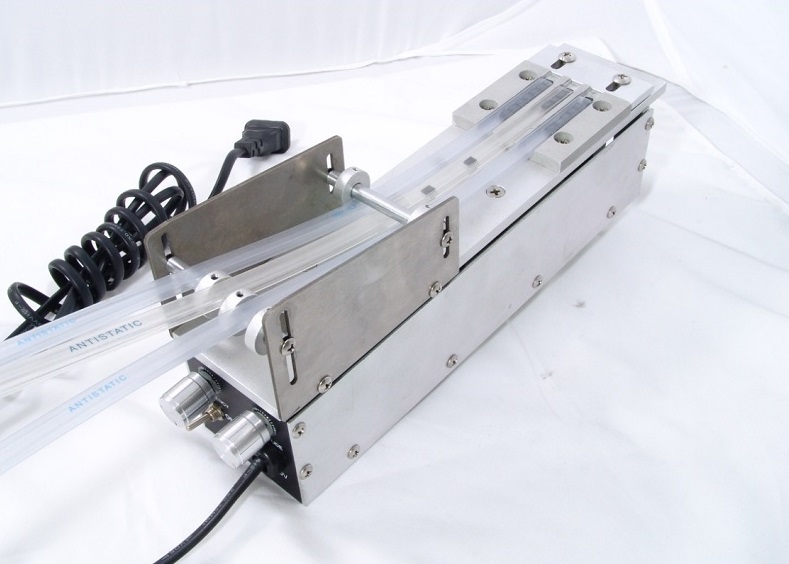
Conveys chips out of the machine. The chip guide is also available for different chip widths (optional). The I/O is multi-feed and can run up to 8 tubes simultaneously (optional).
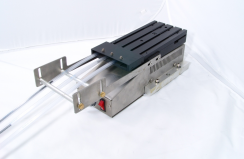
An optional attachment to the tape output or automatic stacker for high speed marking. It marks up to 4 characters on the transferred chips.

Add-on for tape-out machine. After programming is complete, the chip can be automatically marked with a dot in ink (optional). The Tray Ink Marker is an additional article for the automatic tray machine. After programming is complete, the chip can be automatically marked with a dot of ink (optional).

Technical Data
| Model | 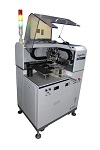 SuperBOT 2 |
|---|---|
| Units per hour | 1.200 |
| Nozzles | Single |
| Trays | Single manual tray |
| Programmer | SuperPro® 7500N |
| Socket slots | 16 |
| Adapter | 4 |
| Optical test | Dual camera |
| Tape input | Dual |
| Operating system | Windows™ |
| Computer | Integrated industrial PC |
Movement system | High precision servo system |
|---|---|
Resolution | X axis: ±0.02 mm; Y axis: ±0.02 mm; Z axis: ±0.02 mm; θaxis: ±0.1°. |
Stroke | X-axis: 1000 mm; Y-axis: 500 mm; Z-axis: 40 mm |
Pick-and-place header- Accuracy | ±0.07 mm |
Operable chip size | Minimum: 2x2mm; Maximum: 25x25mm |
Maximum throughput | 1200 units per hour |
Camera | Downward facing CCD camera for positioning sockets/pick-and-place spots. 512×512 pixels |
Field of view | 30x30mm |
Supported devices | EPROM, Paged EPROM, parallel and serial EEPROM, FPGA configuration PROM, FLASH memory (NOR and NAND), BPROM, NVRAM, SPLD, CPLD, EPLD, firmware HUB, microcontroller, MCU, etc. |
Package | DIP, SDIP, PLCC, JLCC, SOIC, QFP, TQFP, PQFP, VQFP, TSOP, SOP, TSOPII, PSOP, TSSOP, SON, EBGA, FBGA, VFBGA, uBGA, CSP, SCSP etc. |
Power supply | Electrical specification. of the power supply: AC input 90 V to 250 V, 50/60 Hz, DC output AC 220 V; Power: 2KW |
Energy consumption | 1.5 kVA |
Air | Clean, pressure: 0.6 MPa, consumption: 30 litres/minute |
Dimension Main machine | 820(L)×640(W)×1550(H) mm |
Dimension Automatic compartment | 1100 (L) × 380 (W) × 1300 (H) mm |
Dimension Tape-Out | 1100 (L) × 380 (W) × 1300 (H) |
Weight | Main machine: 248 kg |
PC interface | USB 2.0, LAN |
Weight Main machine | 260 kg |
Weight Automatic tray | 140 Kg |
| Weight Tape output | 140 Kg |
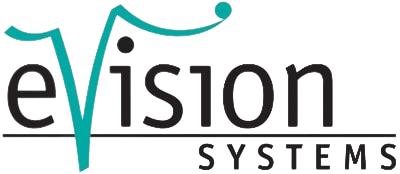
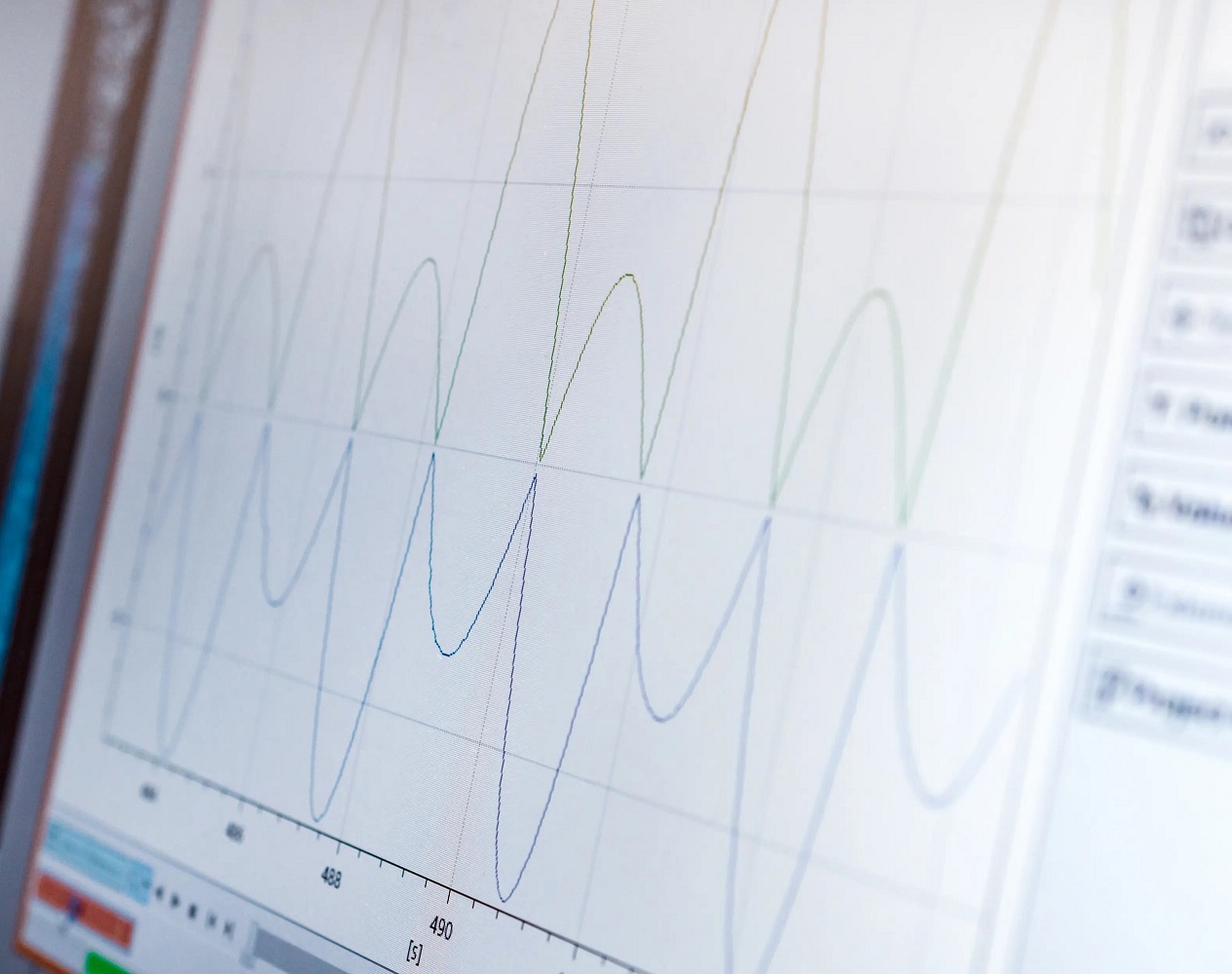
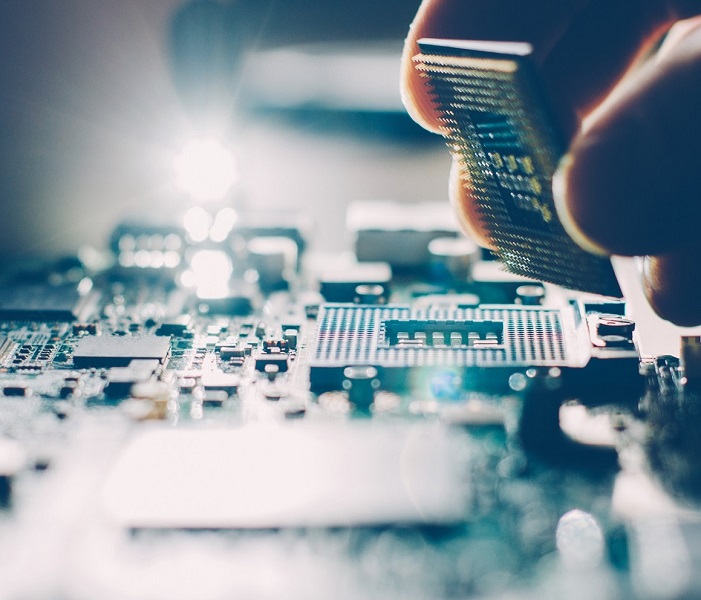

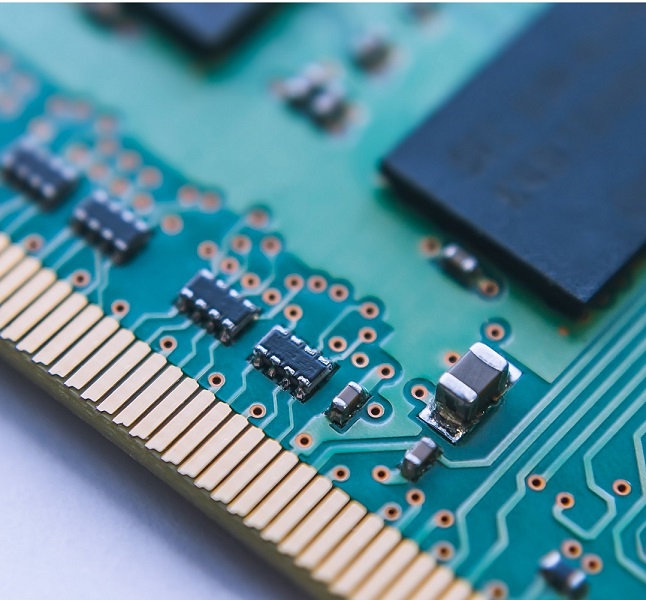





.jpg)
.jpg)
.jpg)
.jpg)